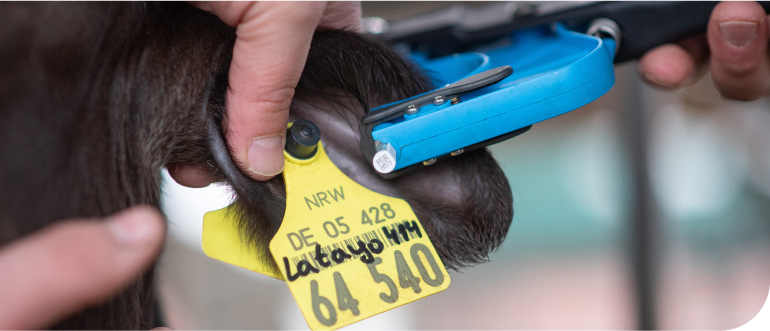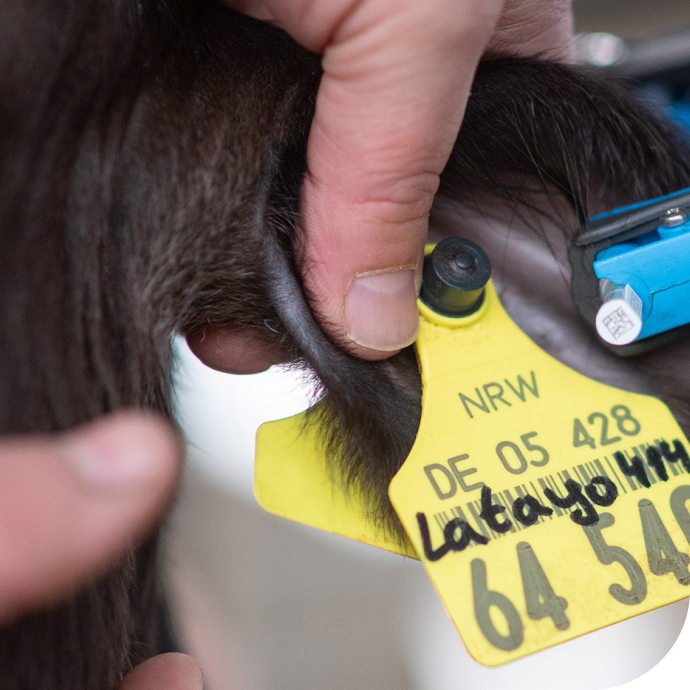Agriculture
Index Score
Thematic Breakdown
Policy Score
Policy Score
The index barely moved in 2024, but it has seen significant policy action in the past few years. Starting in 2020, climate policy kick-started activity in the index with the announcement of the fertilizer emissions target. This was followed by the launch of the Sustainable Agriculture Strategy development process in partnership with industry in 2022, now in limbo as key industry partners have pulled out of the processEndnote 5.
Detailed Scorecard
Indexed to 2019
baseline year
Weighted contribution to agriculture sector score
Capital Score
Capital Score
The capital score got a bump over the past three years from the On-Farm Climate Action Fund and a $329 million top-up to the Agricultural Clean Technology program, coupled with private investments in technologies and products that improved energy efficiency and provided alternative low-carbon agri-inputsEndnote 6. These investments have driven the capital score up 28% over the past five years.
Detailed Scorecard
Indexed to 2019
baseline year
Weighted contribution to agriculture sector score
Action Score
Action Score
A 10% increase in climate action in 2024 compared to 2023 was driven by efficiency gains in fuel use and animal production, and advanced fertilizer management, which is propped up by long-term incremental improvementsEndnote 7. While the trend is positive, widespread action is moving at a slow pace, as climate innovations work their way across Canada’s nearly 190,000 farms.
Detailed Scorecard
Indexed to 2019
baseline year
Weighted contribution to agriculture sector score
Emissions Score
Emissions Score
Actions have yet to tip the scale, with emissions estimated to have flatlined at 69 megatonnes in 2024. However, cropland carbon stocks have fluctuated due to a 2021 drought in the Prairies, that led to a decline in the emissions score as croplands switched from a carbon sink to a carbon source in 2022Endnote 8.
Detailed Scorecard
Indexed to 2019
baseline year
Weighted contribution to agriculture sector score
Historical Trends
Policy:
Capital:
Consumer Action:
Emissions:
Business Action:
Technology:
Total:
Policy:
Capital:
Consumer Action:
Emissions:
Business Action:
Technology:
Total:
Policy:
Capital:
Consumer Action:
Emissions:
Business Action:
Technology:
Total:
Policy:
Capital:
Consumer Action:
Emissions:
Business Action:
Technology:
Total:
Policy:
Capital:
Consumer Action:
Emissions:
Business Action:
Technology:
Total:
Policy:
Capital:
Consumer Action:
Emissions:
Business Action:
Technology:
Total:
The Issue
Beef and dairy are vital for Canada’s economy and are staples in our diets, but cattle-raising is the largest source of agriculture emissions in the country.
While farmers and agri-businesses are doubling down on sustainable practices, methane emissions—driven in large part by cattle’s natural digestive process, known as enteric fermentation—have proven challenging to abate.
Enteric fermentation accounts for 27 megatonnes (Mt) of CO2e emissions each year in Canada, (39% of the agriculture sector’s total footprint) with dairy cattle alone contributing 4 MtEndnote 10.
The Company
Guelph-based Semex is a farmer-owned breeding and genetics company founded in 1974 with annual revenues topping $180 million. The company offers animal semen, embryos, breeding services, and software to farmers in more than 80 countries. The company and its research partners leverage technological advances and big data to help customers breed cattle with a lower methane footprint.


The Opportunity
In the early 2010s, University of Guelph researchers began exploring ways to improve feed efficiency and reduce methane emissions in dairy cattle. But GreenFeed technology considered to be the world’s most accurate tool for measuring on-farm methane emissions, was too expensive to scale.
The researchers tapped Guelph-based Lactanet to see if their existing national milk database, collected using mid-infrared (MIR) spectroscopy for insights on herd performance and milk quality, could also be used for providing insights on methane production. Comparing Lactanet’s MIR datasets with data on methane production collected directly by the GreenFeed system revealed a striking discovery: MIR data already collected to improve milk production can also be used to accurately predict a cow’s methane emissions.
The Technology
As a next step, Semex joined the effort to create the world’s first genetic evaluation—the Methane Efficiency trait—to cut methane emissions in Holstein, Canada’s largest cattle breed.
Semex provides farmers with the ability to test their animals’ DNA and rank them based on their methane production. The company publishes rankings of animals based on various traits that farmers can use to select bull semen and/or embryos and make breeding decisions. Each new generation of cows selected for methane efficiency would reduce emissions by 2-3%. Semex predicts that between now and 2050, herd emissions can be cut permanently by 20-30% with this trait.
The Model
Currently, there is little demand to raise methane-efficient cattle. Semex and its collaborators are creating the demand by first making the Methane Efficiency trait accessible to farmers. To incentivize farmers to select the trait, Semex is now taking steps to bring the innovation to the environmental marketplace, which involves engaging with agri-food companies that set climate targets and are eyeing cleantech innovations.
Semex is developing a measuring, monitoring, reporting and verification (MMRV) protocol to provide the assurance these companies need to include the Methane Efficiency trait in their climate reporting and investments in on-farm climate action.
The Unlock
Once an MMRV protocol is developed and trialled, the goal is to scale up selection for methane efficiency, which requires widespread acceptance of the protocol, enabling agri-food companies and even countries to incentivize and account for the trait in a credible, accurate, and cost-effective way towards climate targets.
To get there, Semex and its partners are demonstrating that emissions are being reduced with the trait through the development of the MMRV protocol reviewed by experts and supported with peer-review publications that outline how emission reductions are measured and verified.
That’s the easy part. Lactanet’s database of more than 19 million milk samples using MIR accounts for 90% of milk records since 2018 in Canada, which underscores its track record of emission reductions data. A bigger challenge is to educate and train those not steeped in genetics to review, understand, and accept the findings and then integrate them into existing carbon accounting programs and tools.
The Lesson
Scaling new climate innovations sometimes requires a dual-track approach: introduce the technology to the market, but also simultaneously build environmental market infrastructure such as MMRV protocols around the innovation to incentivize adoption.
On this dual track, Semex engaged with supply chain partners, such as retailers, early in the process to understand their needs and the burden of proof required. Given the complexity of genetics, it also involved educating the industry right at the outset. That early work in nurturing the technology, communicating with partners and potential customers helped with adoption. It has also highlighted the importance of academia collaborating with business to bring new innovations to the market.


Genetics is a viable option…It’s a very cost-effective way to reduce emissions. And it’s permanent, so it checks a lot of the boxes.
Michael Lohuis,
VP Research and Innovation at Semex








